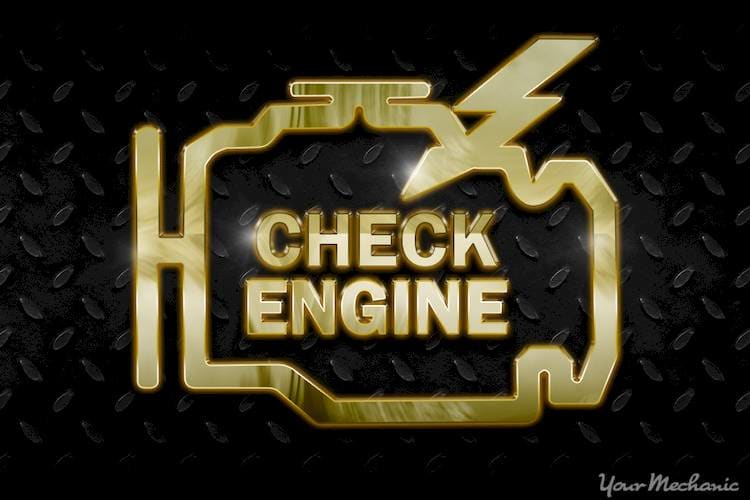P2035 code definition
Exhaust Gas Temperature (EGT) Sensor Circuit Low Voltage Bank 2 Sensor 2
Bank 2 refers to the back of cylinders without the number one cylinder. Sensor 2 would be the second EGT sensor from the motor following the exhaust to the rear of the vehicle.
What the P2035 code means
This means there is a problem with the EGT sensor or electrical wiring that operates the sensor. The code points to a specific sensor and where it is located in relation to the other EGT sensor mounted in the exhaust system. Without this sensor, the Engine Control Module (ECM), also known as the Powertrain Control Module (PCM), will be unable to manage the catalytic converter efficiency.
What causes the P2035 code?
The ECM monitors the output of the EGT sensors and expects to see the voltage reading from the sensor fluctuate rapidly. If the ECM sees the voltage stay below a manufacturer set voltage for a defined interval, it will set this code.This interval is typically between 3 and 5 seconds, but is defined by the manufacturer. Possible problems that would set this code are:
EGT sensor harsh operating conditions (e.g., hauling a heavy load up a grade for an extended period of time)
Short to voltage
Failed EGT sensor
Catalytic converter rnot up to operating temperature
ECM failure
An engine that is not running at the correct operating temperature
Catalytic converter is slow to warm up.
Bad catalytic converter
What are the symptoms of the P2035 code?
Usually the only symptom is a Check Engine Light. Some manufacturers have elected to program a reduced power output mode into the ECM.
How does a mechanic diagnose the P2035 code?
Primarily by connecting a scanner to the vehicle to check for all codes. If there are other codes present, it must be determined if they can contribute to this code. If so, then the other codes should be diagnosed first. Every manufacturer has its own trouble shooting specifications that need to be followed. The following list contains the most common procedures to follow:
Check for any stored codes and diagnose all other relevant codes first
Check for freeze frame data (this can be used to recreate the conditions that set the code if the problem is not present at the time of diagnosis)
Inspect the entire exhaust system.
Remove the sensor connector and inspect for problems (perform the appropriate voltage and resistance tests specified by the manufacturer)
Monitor exhaust gas temperatures on a test drive to duplicate the problem the conditions shown in the freeze frame data (these codes will often occur under specific conditions such as towing a heavy load up a steep grade)
Remove the EGT sensor from the exhaust and inspect for contamination.
Common mistakes when diagnosing the P2035 code
Diagnosing this code before diagnosing other relevant codes
Replacing the sensor without thoroughly investigating why the code was set
Confusing the correct sensor location
Failing to inspect the wiring harness and the entire exhaust system (exhaust leaks before the EGT sensors will suck in oxygen and taint the sensor readings)
How serious is the P2035 code?
With this code set, the ECM will be unable to manage the catalyst system effectively resulting in increased emissions of NOx from the tailpipe. This condition will not damage the vehicle any further, nor will it cause any danger to the passengers.
What repairs can fix the P2035 code?
- EGT sensor replacement
- Repair wiring damage in the EGT sensor circuit
- ECM replacement
-
Catalytic converter replacement
- Reprogram the ECM to adapt to unexpected conditions
- Command the ECM to perform a Diesel Particulate Filter Regeneration
The sensor that this code monitors is only used on diesel powered vehicles. The EPA did not require diesel powered vehicles to use catalytic converters until the 2007 model year. These systems were phased in for all diesel powered vehicles between 2007 and 2010.
These systems are relatively new to the automotive market and diesel powered vehicles are not as prevalent on America’s roads. For this reason, most mechanics haven’t had the opportunity to work one of these systems. It will take a few years until the failures these systems experience is common knowledge.
Need help with a P2035 code?
YourMechanic offers certified mobile mechanics who will come to your home or office to diagnose and repair your vehicle. Get a quote and book an appointment online or speak to a service advisor at 1-800-701-6230.
Check Engine Light
Diesel
exhaust system
trouble codes
P2035





